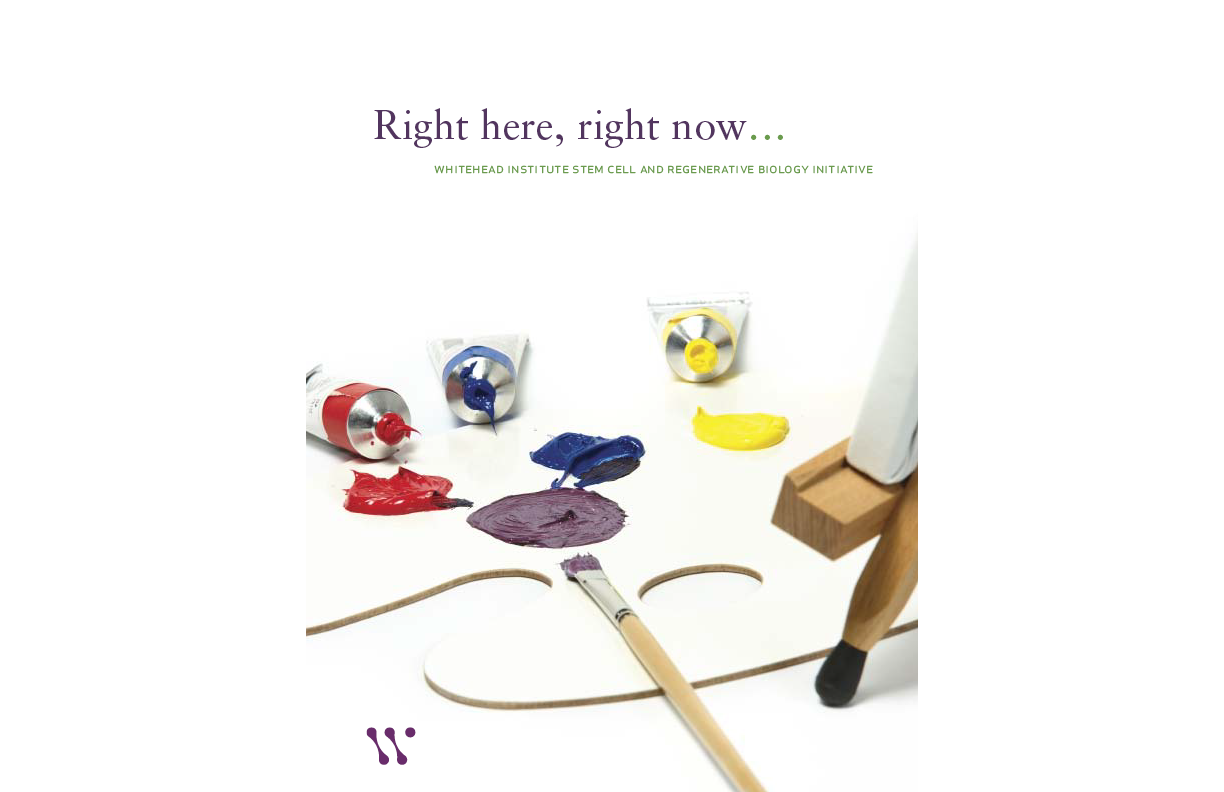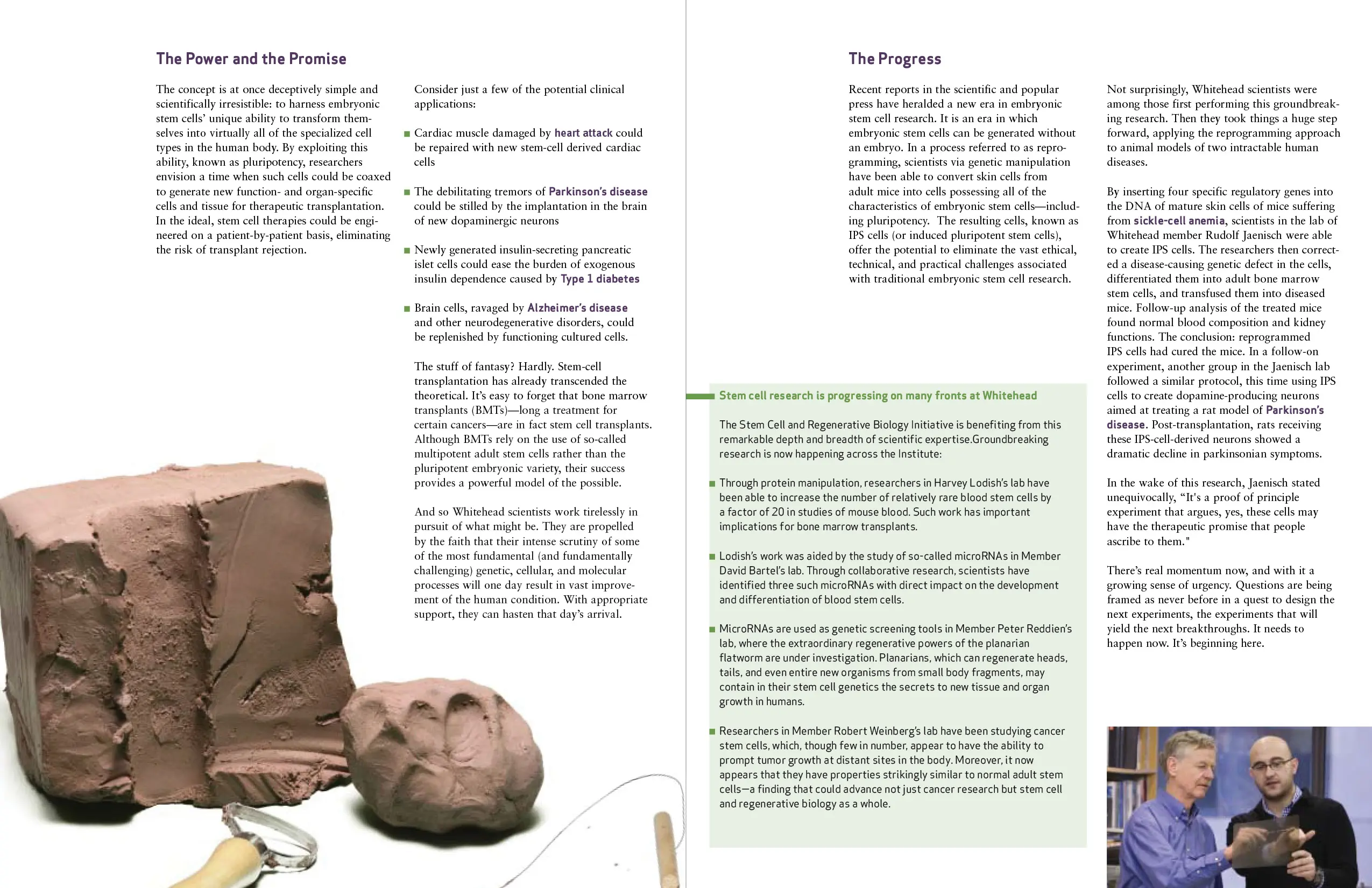Whitehead Institute
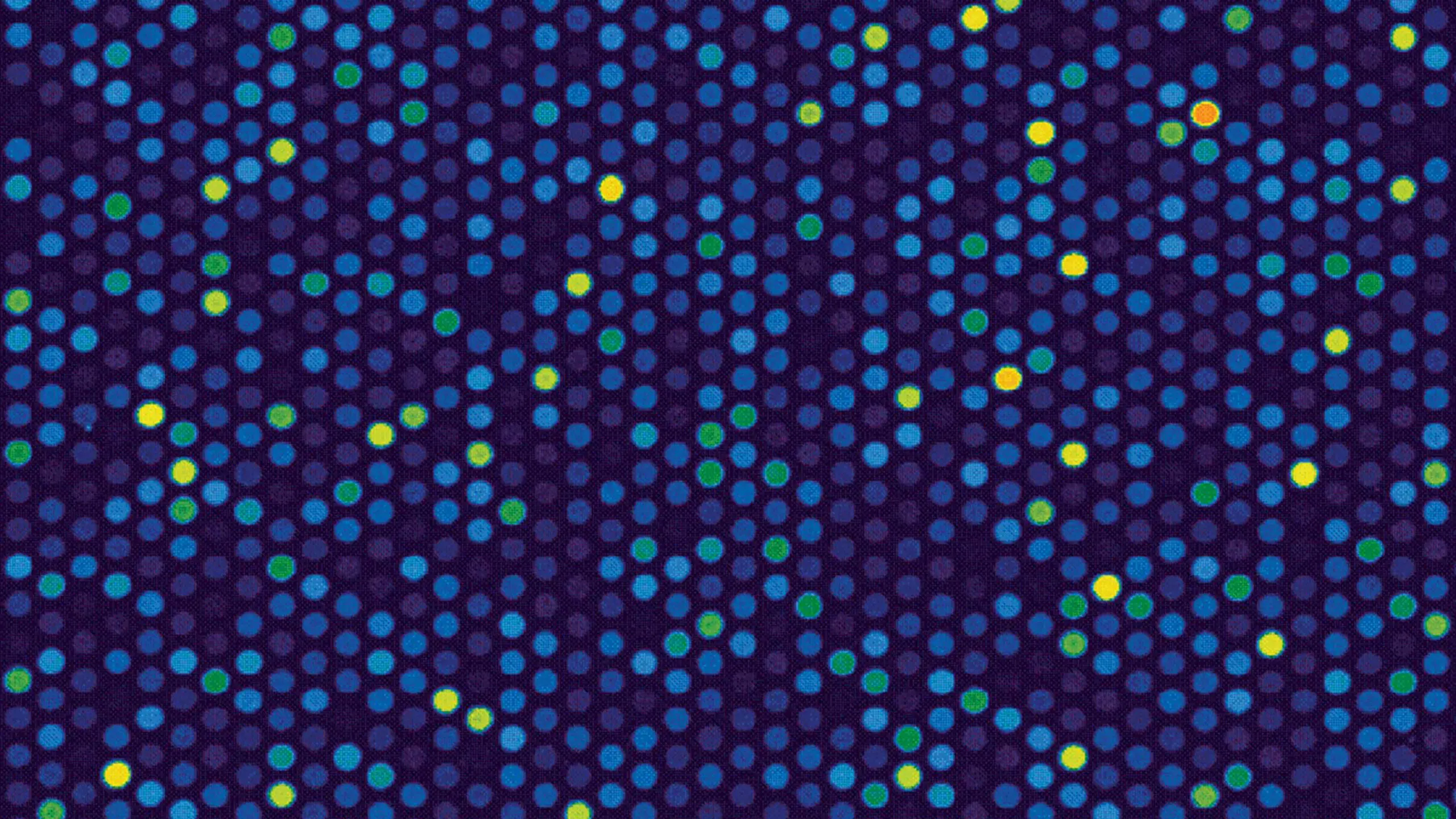
Whitehead Institute
Crafting a brand as pioneering as the Institute’s science
Several decades ago—when we began our decades-long relationship with the Whitehead Institute—building awareness of, and financial commitment to, foundational biomedical research from non-scientists, foundations, and intermediaries such as the press was even harder than it is now. The lay public, grantors, and press were often only focused on near-term applications of research that addressed diseases; that basic research was a necessary first step was often a hard sell. The Whitehead Institute was founded precisely to engage in this critical foundational research.
The Whitehead posited no specific disease goals, and the original building and faculty were configured to encourage in-depth exploration and happy, although not planned, cross-fertilization of ideas. Industry-wide, major government grant-giving organizations had become increasingly risk-averse; they often wanted “proof” of an investigator’s project before they would fund it. The results: younger investigators and novel approaches became harder and harder to fund. The Whitehead’s support of young investigators addressed this issue head-on. But while the Institute was set up with substantial funding, ongoing support by individuals and private foundations was also needed. But they needed first to understand the value of what Whitehead was up to.
Our big-picture goal in our work with the Whitehead—and subsequently with the McGovern Institute for Brain Research (both on the MIT campus) and, later, The Jackson Laboratory—was to elevate foundational research and develop the messaging, visual expression, and communication vehicles needed to generate interest and financial commitment beyond government grantors. So that innovative science could move forward.
Objectives
- Increase awareness, engagement, and enthusiasm beyond the biomedical research community
- Establish a brand for this independent research center—the first on the MIT campus
- Build connection to, and support of, foundational research—then a difficult proposition
- Translate the value of foundational research to a lay audience—and to the press
- Build a loyal “fan base” of donors to provide ongoing funding and seed money for projects not mature enough for grant funding
Collaboration
- Designed the iconic “W” logo and wordmark—a platform for telling Whitehead’s story and a mark which clearly positioned the organization in foundational biomedical research
- Developed an innovative three-tiered approach to scientific storytelling: “hard… chewy …soft”
- Launched Whitehead’s first donor-focused publication: Paradigm
- Produced years of Director’s Reports
- Created a compelling system of visual expression
- Deployed (very early on) investigators’ imagery output as signature Whitehead “art”
- Co-planned and crafted all materials for 15 annual symposia
- Co-founded the Institute’s Board of Associates, and served on its Executive Committee for 17 years
Scope
- Innovative symbol and wordmark
- System of visual brand expression
- Writing, editing to engage different audiences
- Director’s Reports, Paradigm, Symposia planning and communications
- Donor communications
- Capital campaign communications
A symbol that told a story
The Whitehead’s symbol for 25 years, the stylized “W” talked to foundational research and to the ubiquitous process of cell division. In its animated form, two “dots” pulled apart… and then the third “dot” punctuated the progression. The mark became instantly recognizable.
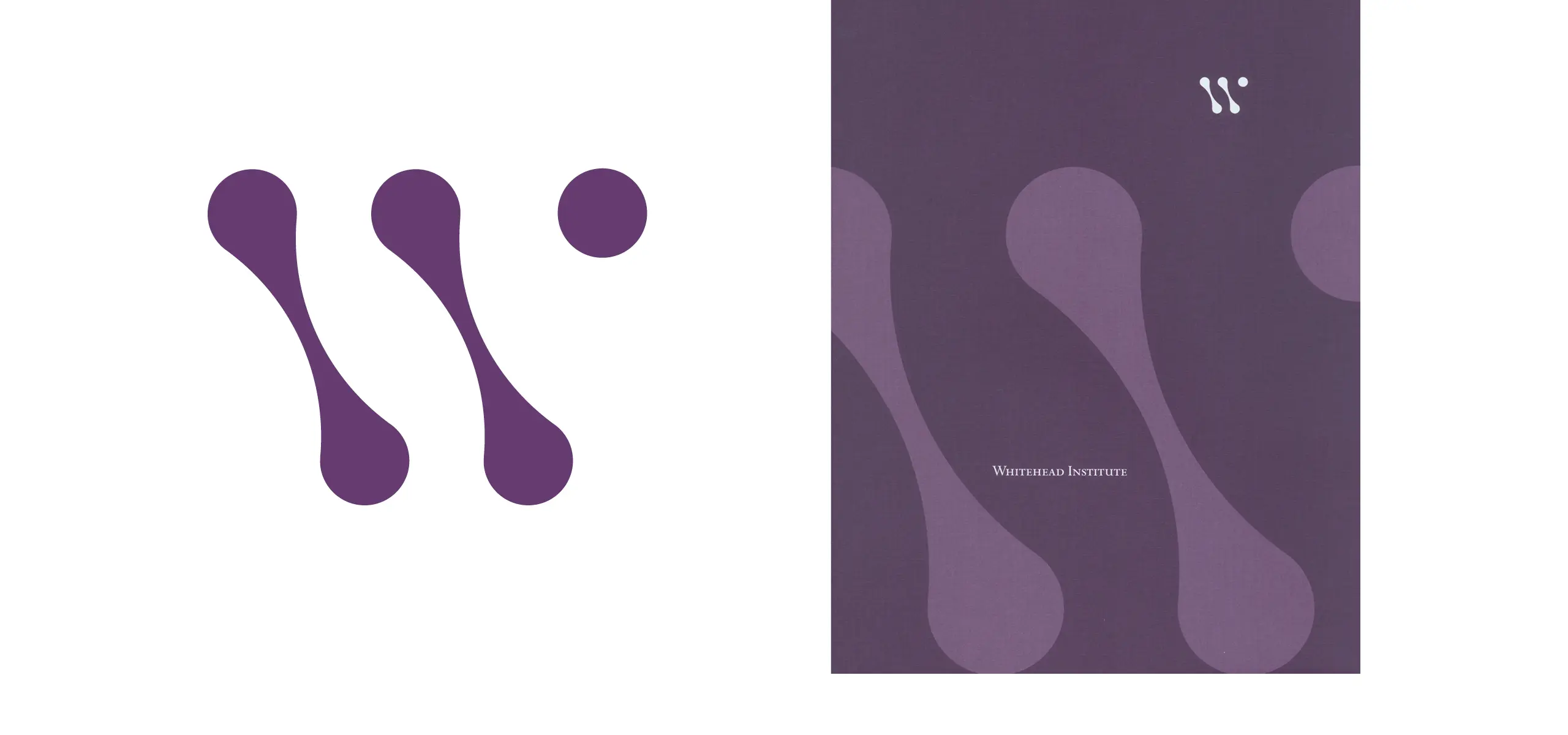
Meeting diverse constituents where they are
Science, especially ground-breaking biomedical science—can be complicated and daunting to the very people the Whitehead needed to connect with for support. In the publications we co-founded and created, we engaged readers on three levels:
- “hard” science for fellow researchers and the scientific press;
- “chewy” science for individuals and foundations who had some background and wanted to dig a bit deeper; and
- “soft” science for those who wanted a high-level take on Whitehead’s research—and who cared about how this research “might” translate to specific applications.
These levels were expressed typographically: bigger type, to medium-sized fonts, to the fine print. We offered the “soft” science audiences an “easy” way in… hoping, that once intrigued, they’d dig a little deeper.
Paradigm was configured to engage different constituents through scientific storytelling on three levels: hard... chewy... soft.
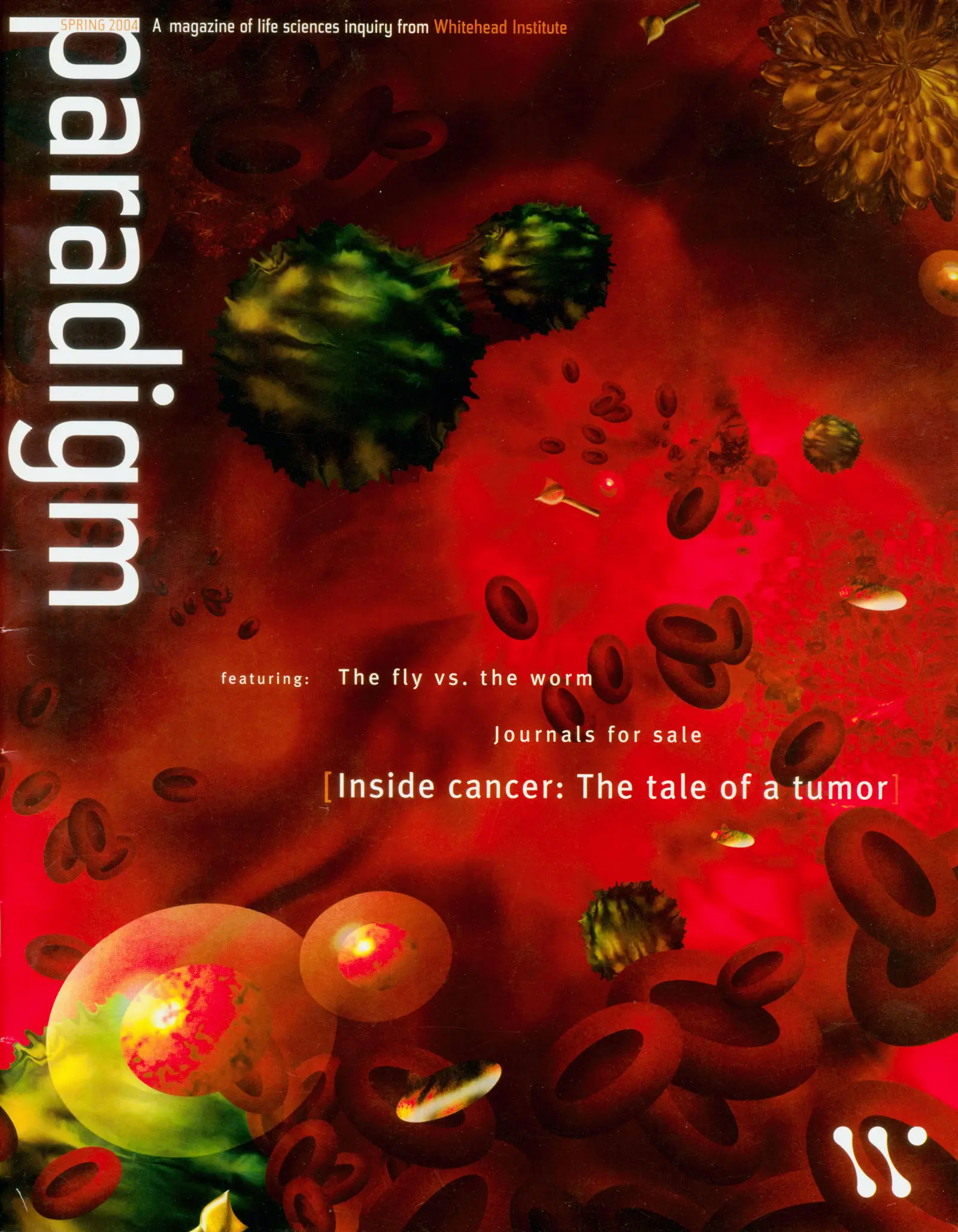
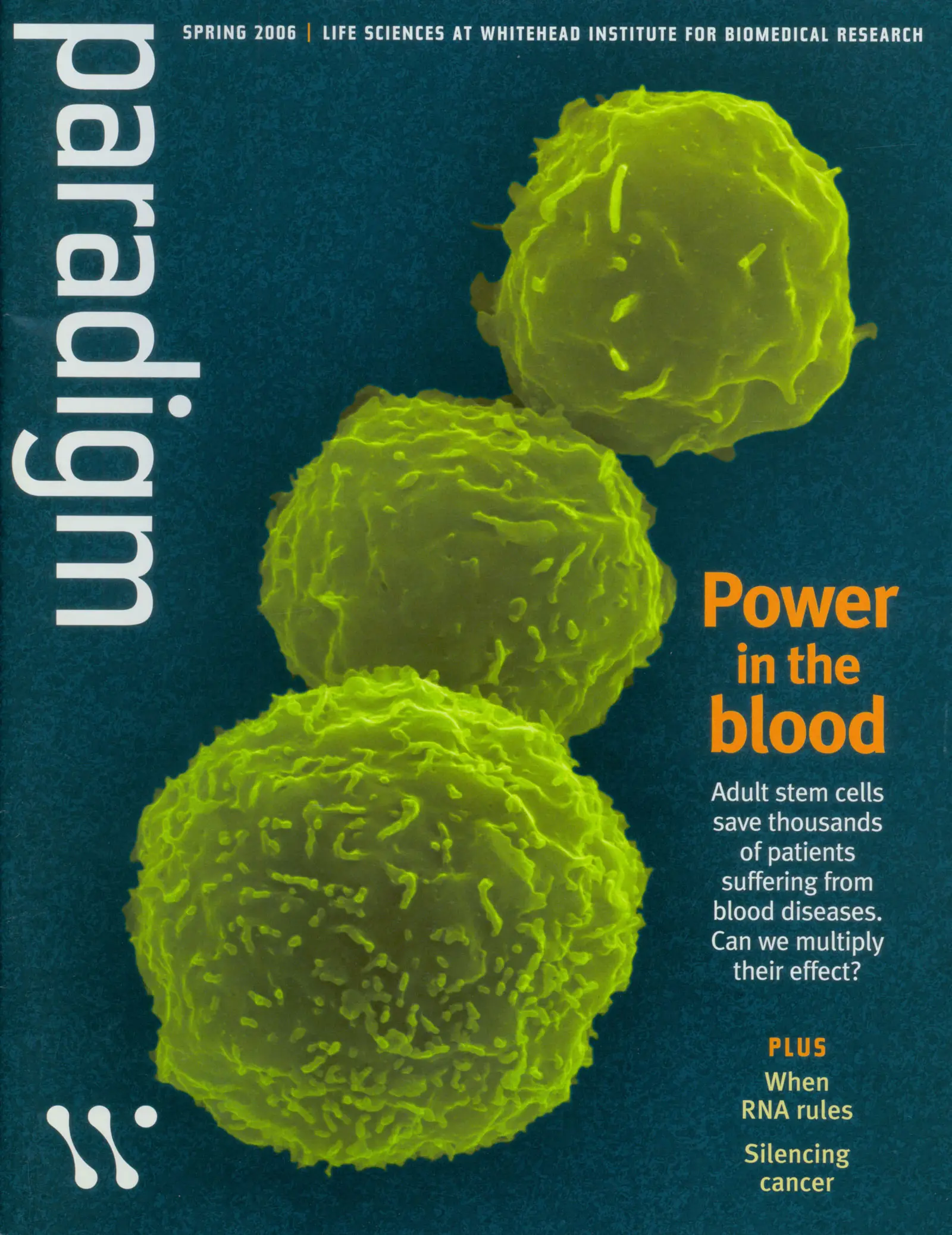
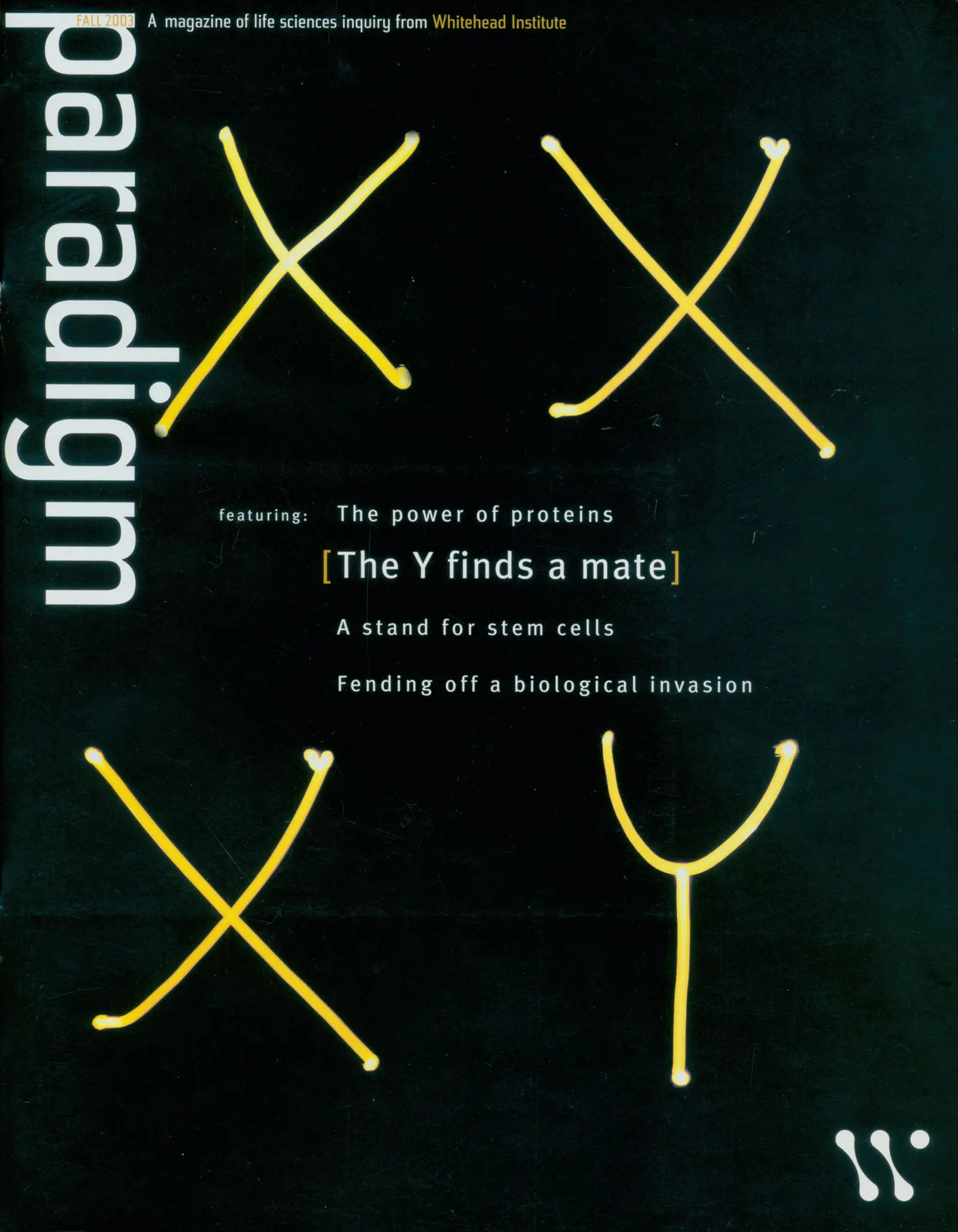
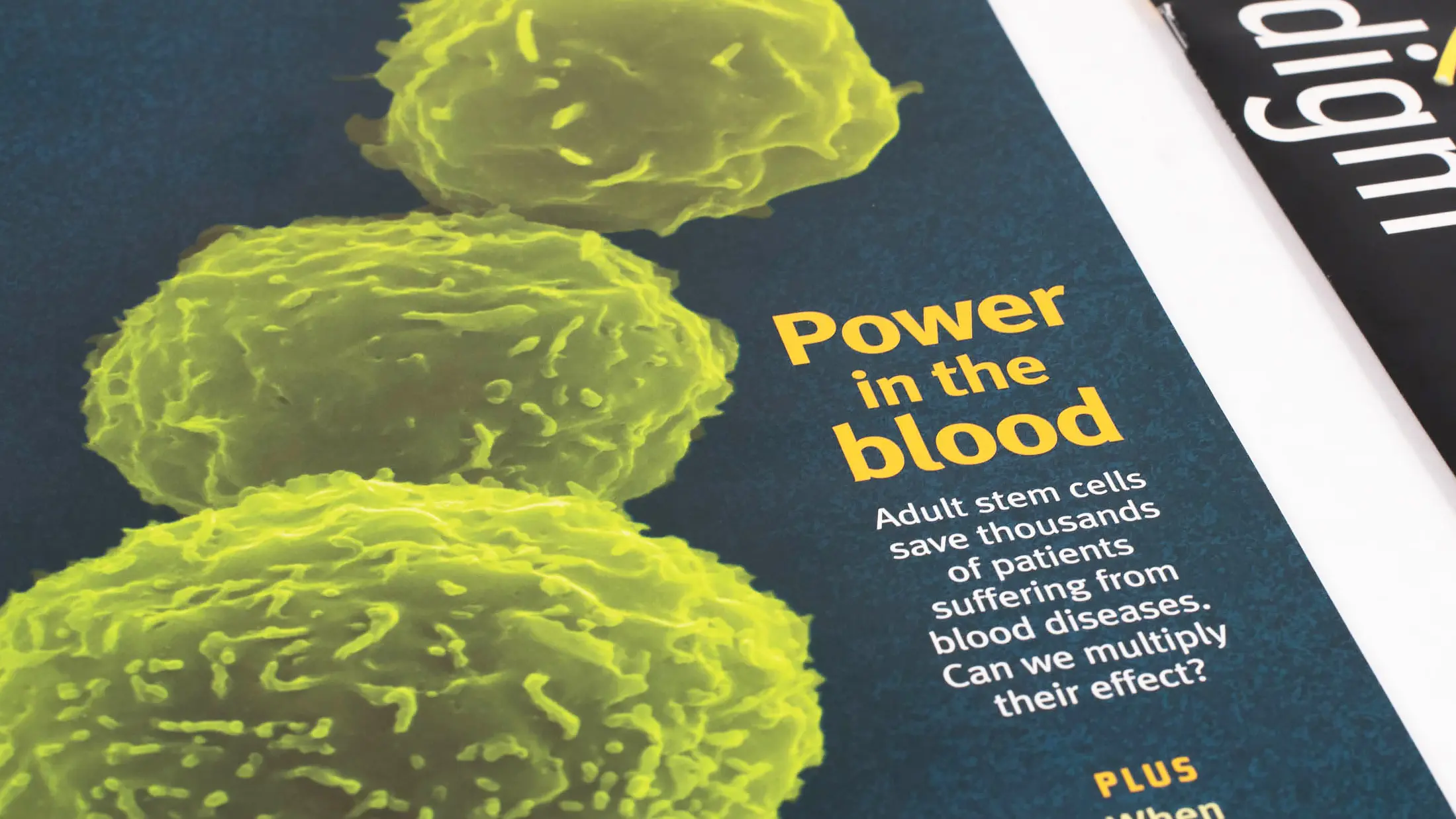
Yearly Director’s Reports brought the Institute’s research forward—diving deep into each investigator’s work.
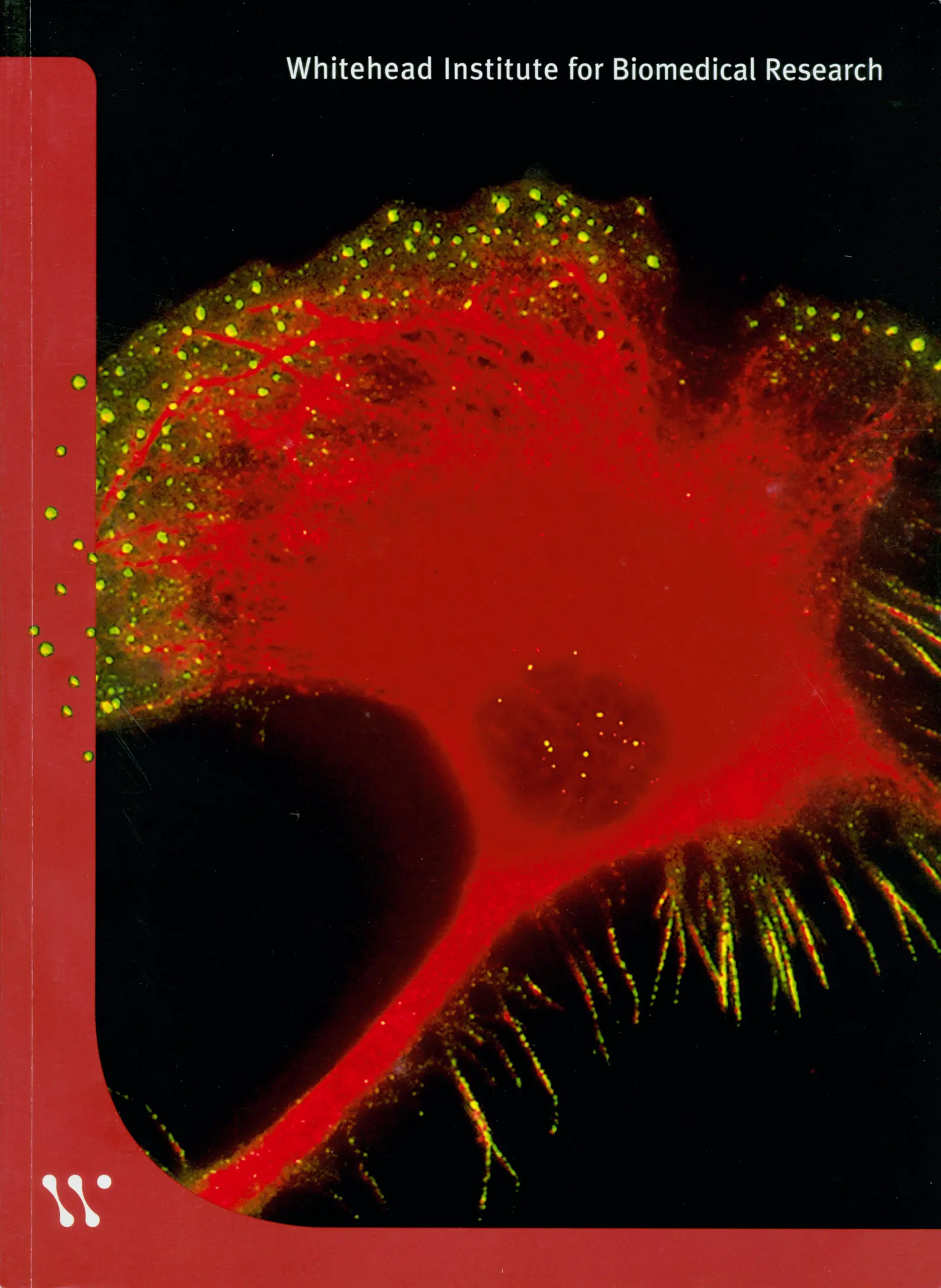
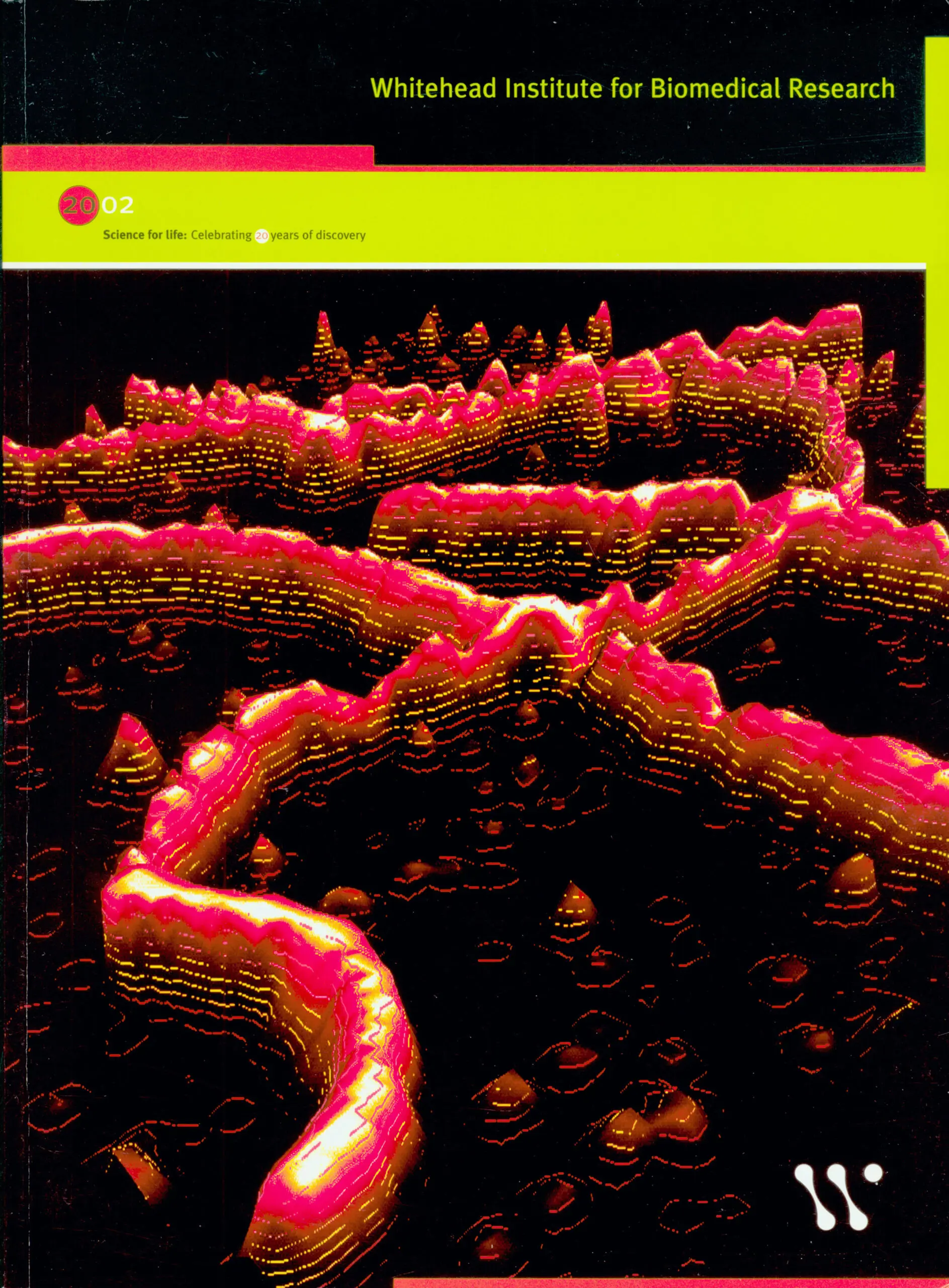
The Whitehead Institute is almost forty years old—and for more than half of those years we worked with Sametz Blackstone to define and shape our brand and communications. Like the pace of scientific discovery, the pace of change at the Whitehead increases every year.
They unceasingly took the initiative to make sure that our communications evolved with the organization, in both style and content—that the Institute’s communications were as innovative as our work. Under Sametz Blackstone’s lead we worked hard to speak in the right ‘voice’ to the different people with whom we needed to communicate—enhancing access and understanding—and always adding value to the organization and increasing contributed revenue.”
Susan E. Whitehead
Board Chair Emerita / Board member, Whitehead Institute; Life Trustee, MIT Corporation
Science as art
Early on, we recognized that investigators generated really interesting visual “output”: graphs, photo microscopy, and subsequently, digital models and videos—all of which could provide ways in for prospective funders and be important components of science storytelling.
We developed Whitehead’s first donor-focused magazine, Paradigm; produced years of newsletters; collaborated to both plan and develop communications for years of symposia; helped to raise the money to double the size of the building; created annual fund appeals; and developed the materials to help raise money for stem cell research (when the US government had ruled out such research).
Newsletters, interspersed with higher-production-value pieces and letters from the Institute’s director, ensured a steady rhythm of communications to donors and prospects.
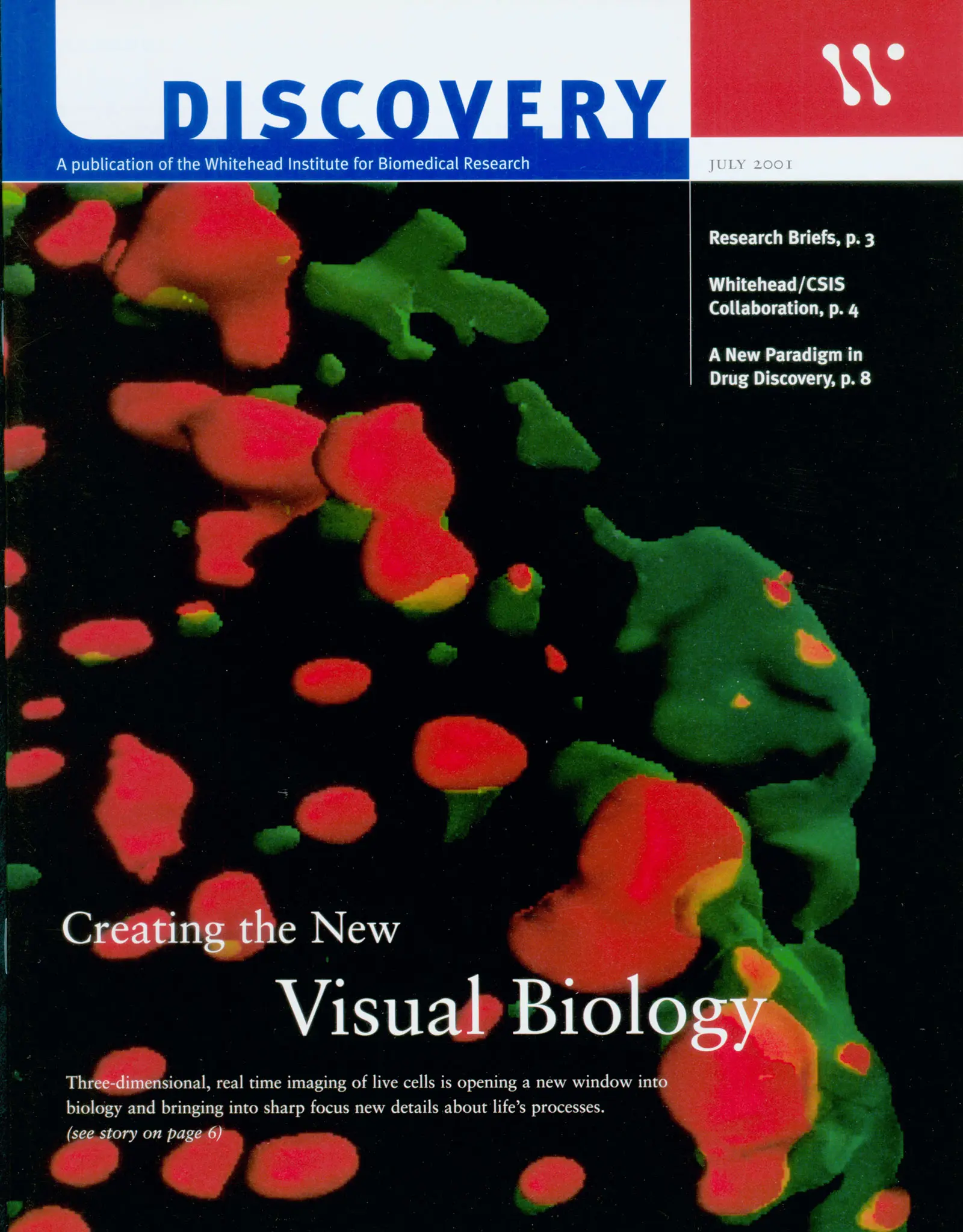
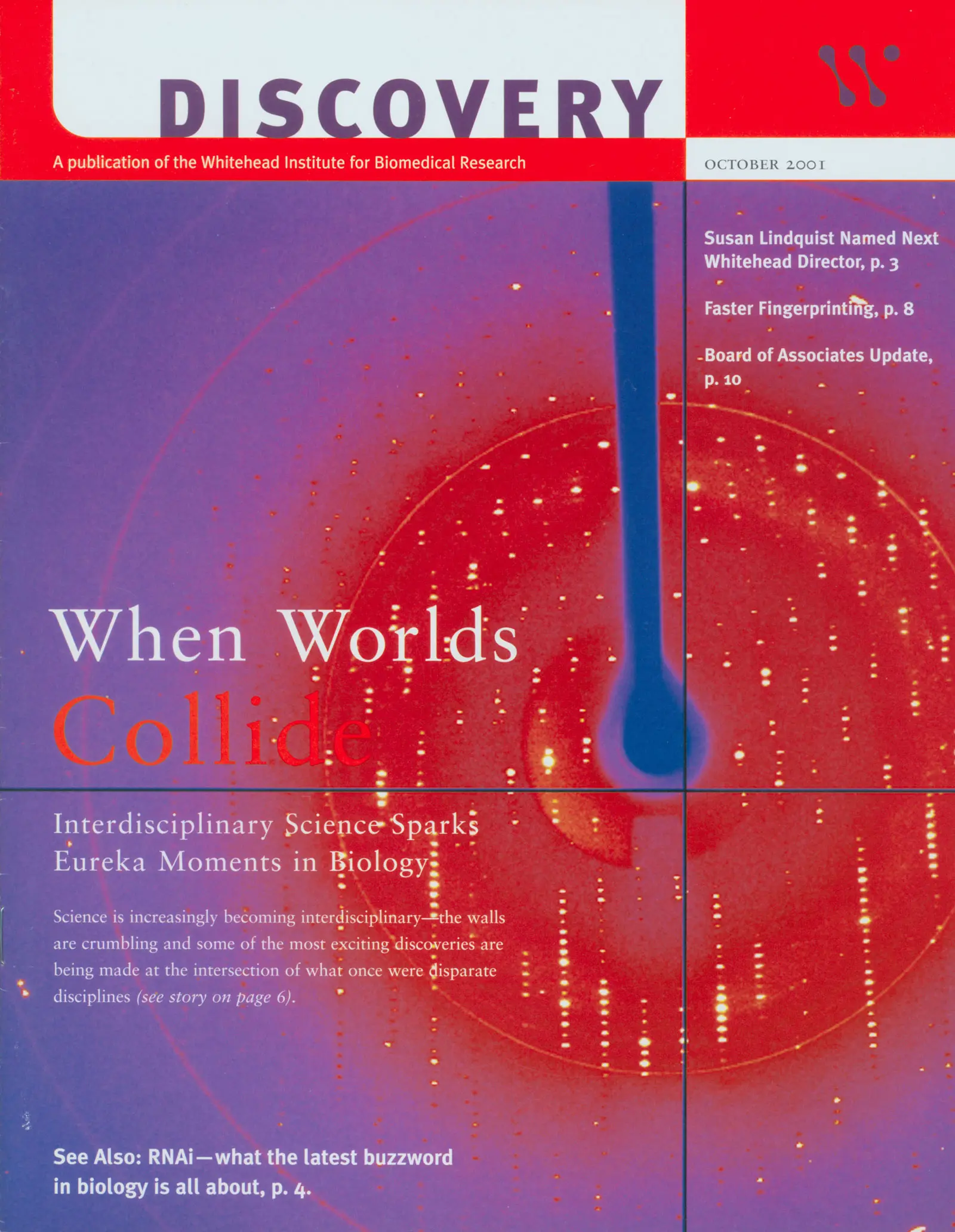
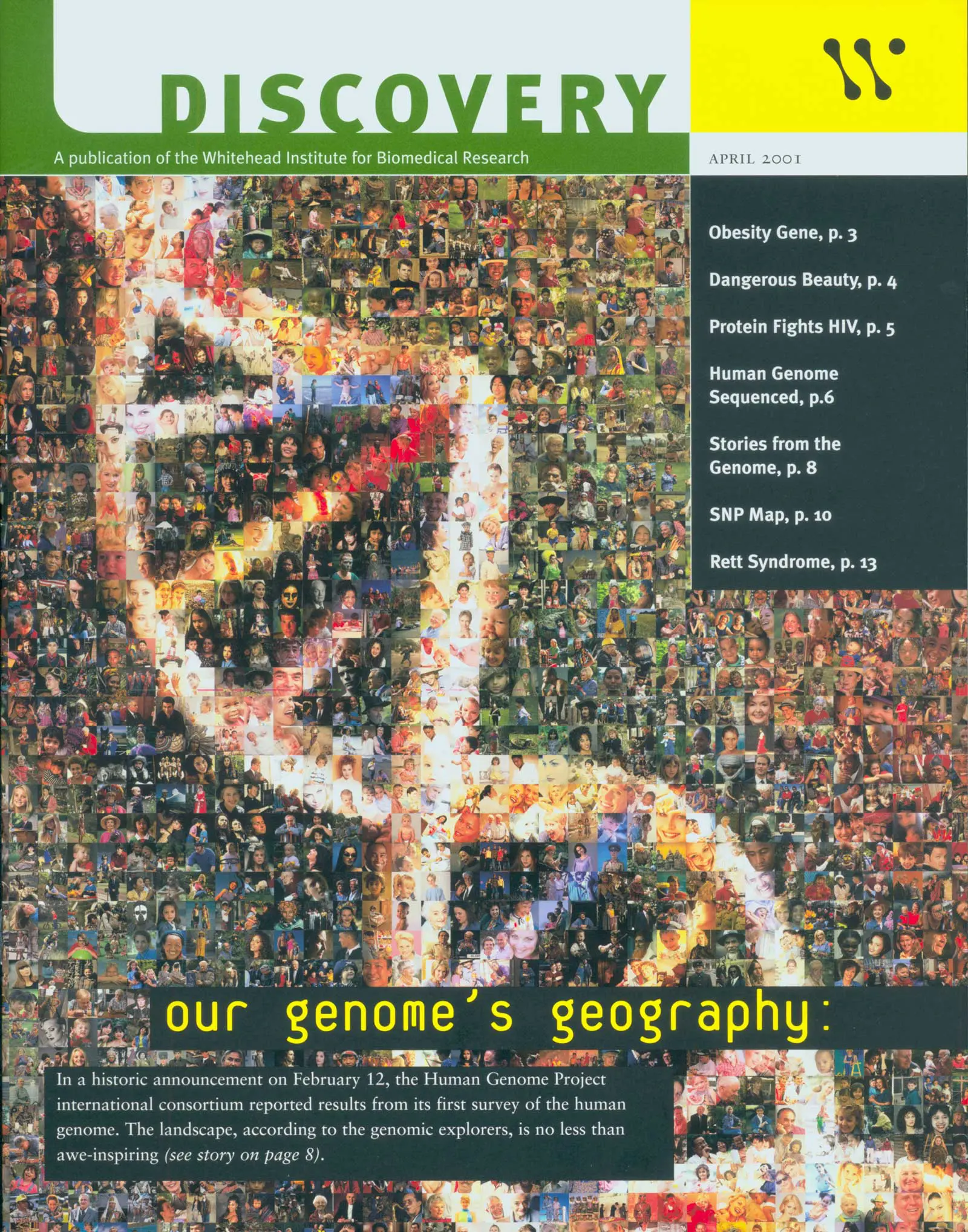
We created years of invitations, posters, and programs for Whitehead symposia—as well as materials to support annual funds.
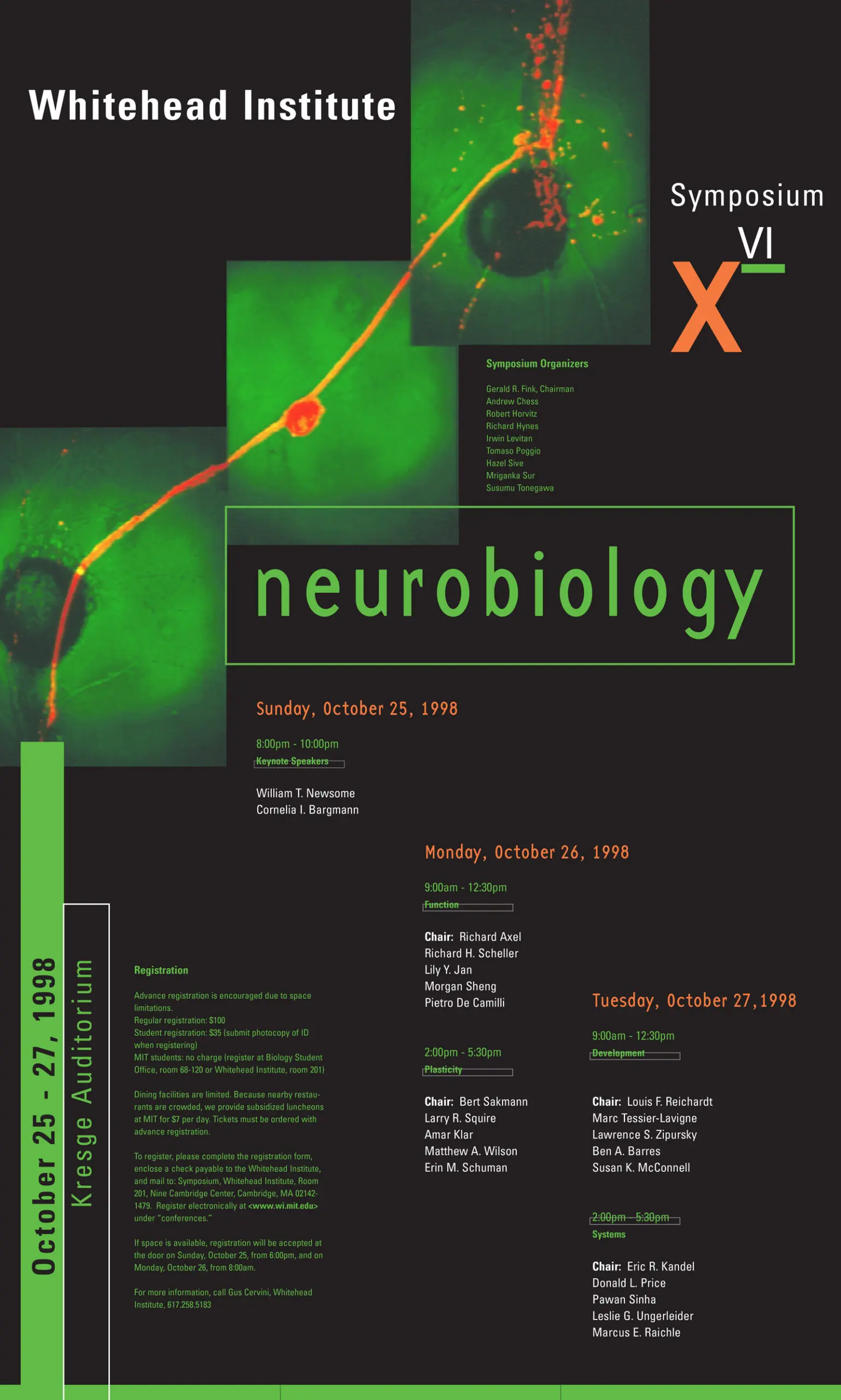
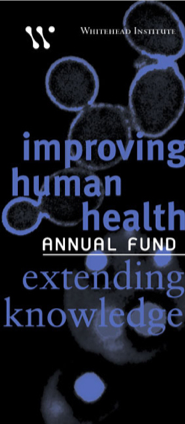
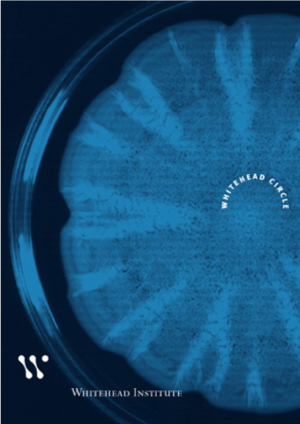
When the US government forbade organizations receiving federal money from using any of it to fund stem cell research, we collaborated to write, design, and launch a successful campaign to fund that work privately.
Through our collaboration with Sametz Blackstone, our faculty, the scientific community, friends, donors, corporate partners, and board came to expect a high level of excellence in all of our communications. I know, because I frequently heard that the quality and accessibility of our communications were unique and widely recognized and appreciated. Sametz Blackstone’s passion, energy, and talent produced remarkable materials, which clearly communicated what were often complex concepts—and engaged a wide variety of audiences in a shared journey of discovery.
Our collaboration over two decades was an example of what a fully realized partnership can really mean.”
Susan E. Whitehead
